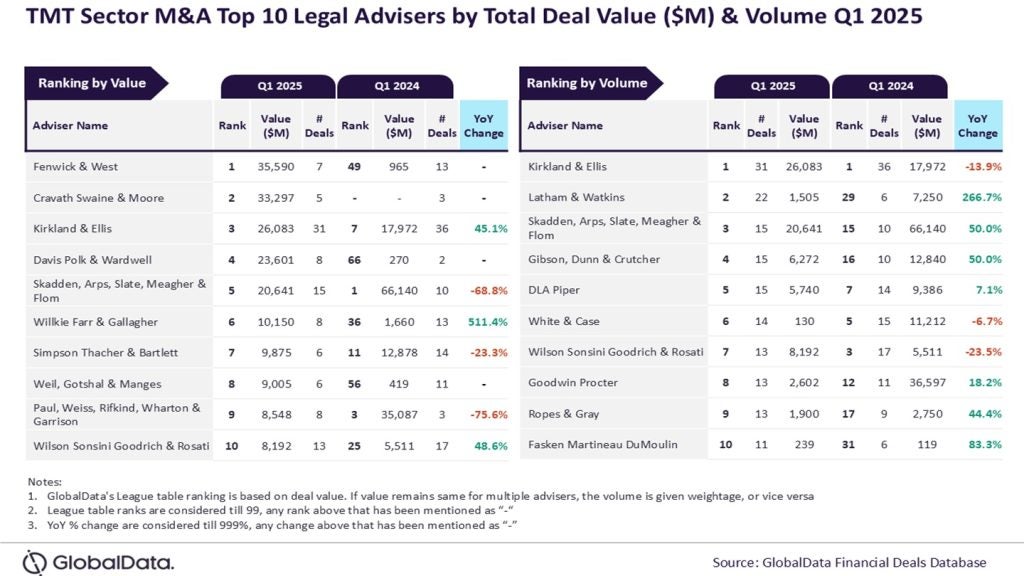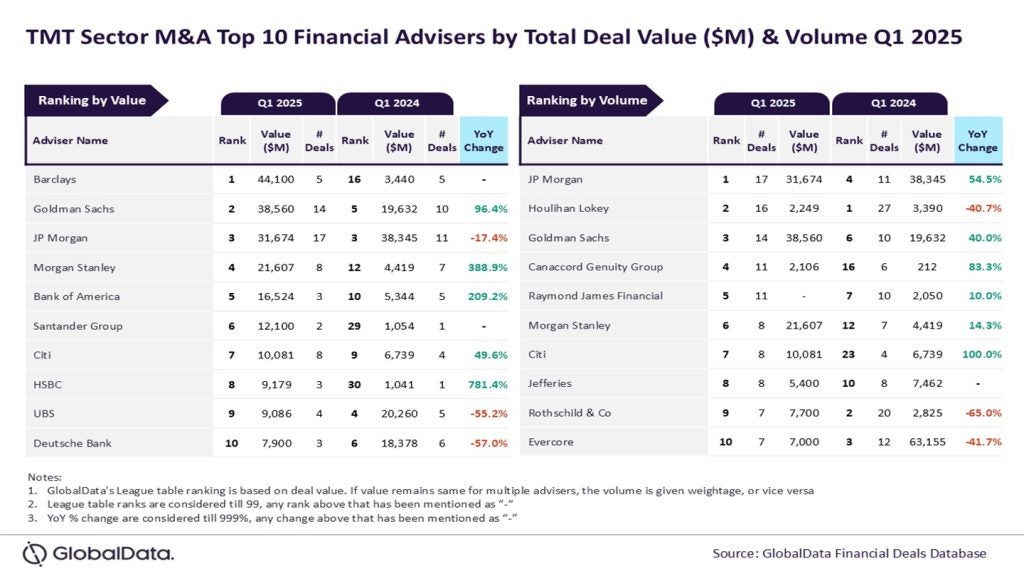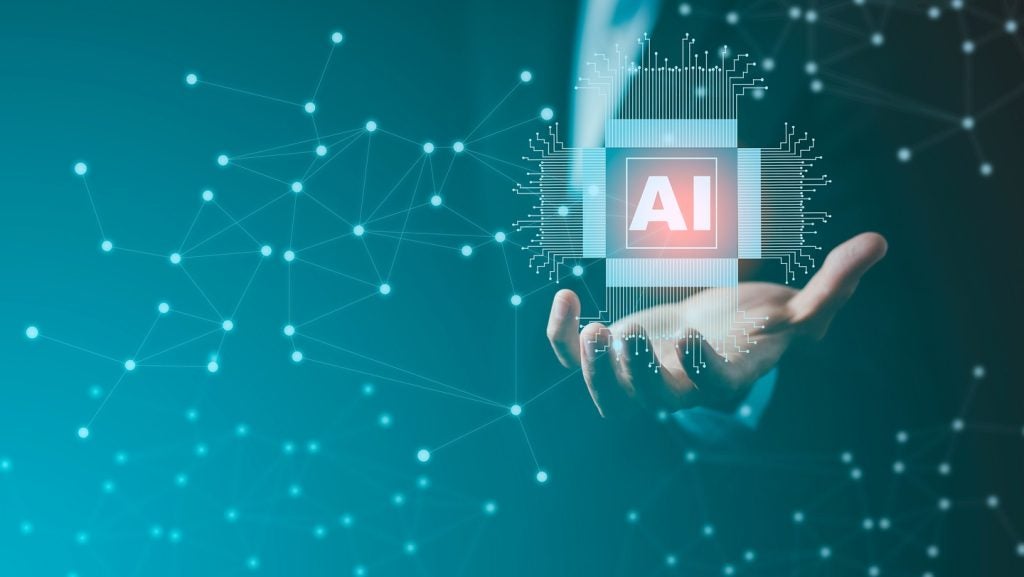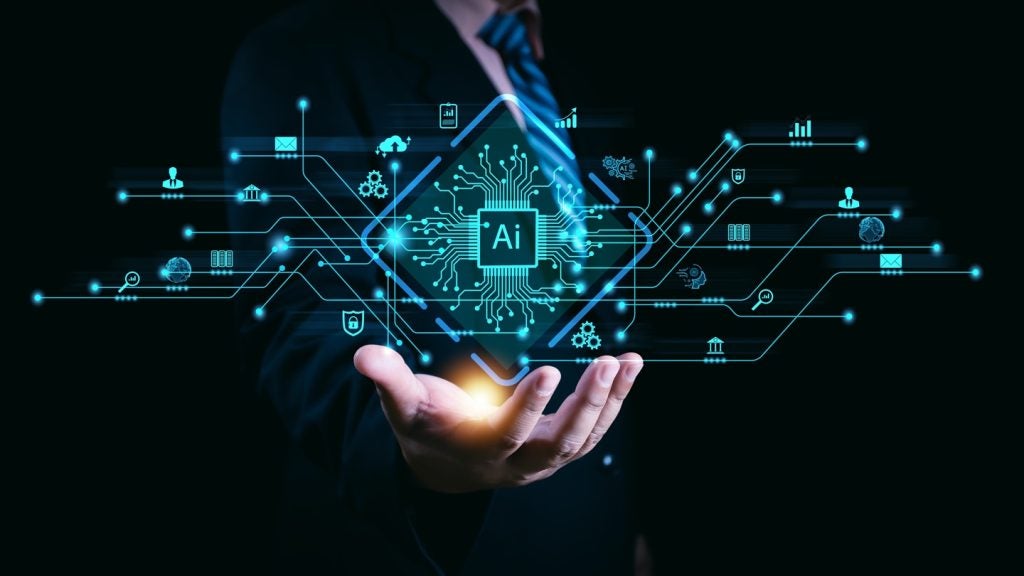The evolving landscape of cybersecurity in the AI era, as observed in the recent BlackHat Europe conference, presents a complex picture.
AI’s integration into cybersecurity is not just a technological upgrade; it is a paradigm shift with far-reaching implications.
The dual nature of AI in cybersecurity
AI in cybersecurity is a double-edged sword of a sort. Its adaptive capabilities significantly enhance our defenses, providing a proactive shield against evolving threats.
However, this same dynamism poses risks as cyber attackers leverage AI to create more sophisticated assaults. The importance of striking a balance in AI’s use, ensuring responsible application without oversharing sensitive data, has become vital in securing data.
The regulatory landscape and the need for AI watermarking
With the rapid development of AI, the number of AI-related regulatory initiatives is on the rise. Policymakers and non-state actors, such as tech companies, are increasingly involved in discussions on AI regulation.
One area of focus is the creation of methods to watermark synthetic media, aiding in easier identification and provenance of AI-generated content. This initiative reflects the growing need to flag or identify synthetic content, an effort that service providers are also investing in.
Real-world implications and threats
The real-world implications of AI in cybersecurity are diverse and significant. For instance, the increased use of AI in creating unique email content in phishing attacks has made detection that relies on matching known malicious text strings much more difficult.
Additionally, AI-generated malicious emails, which have already been observed in the past year, show that threat actors have clearly embraced the malicious use of AI.
Emerging AI-driven cyber threats
Recent advancements in AI and machine learning have enabled cybercriminals to impersonate real people more accurately. Cases of AI technology being abused are increasingly widespread. For instance, the Federal Bureau of Investigation warned about cybercriminals using deepfake technology in sextortion schemes, with impostor scams accounting for significant financial losses in 2023.
AI-generated voice files, or deepfake audio, can be created using biometric information harvested from personal content on social media platforms like TikTok, Facebook, Instagram, and government portals. Tools like VoiceLab can process a person’s voice biometrics, resulting in a deepfake voice indistinguishable from the real person. This technology is used to create scenarios where a child appears to be in distress, compelling victims to pay a large ransom.
Virtual kidnappings often involve elements like identifying potential victims and their relatives, creating compelling stories, harvesting voice biometrics from social media, and choosing the right timing to maximize the impact of the scam. These attacks prey on emotions, causing significant distress to the victims.
The alarming rise in virtual kidnapping and the sophistication of AI-driven scams highlight the need for increased awareness and preventive measures. Individuals are advised to be cautious with their online presence, limit sharing of personal information, and be sceptical of unsolicited calls demanding ransom. In case of such an incident, it’s crucial to verify the safety of the alleged victim and contact law enforcement immediately.
The future of AI in cybersecurity
Looking forward, the cybersecurity industry faces a scenario where AI might be the only effective tool against AI-driven attacks. The complexity and sophistication of AI-enabled cyber threats could soon reach a level where conventional security solutions are insufficient, necessitating AI-powered cybersecurity solutions to detect and counter these threats effectively.








